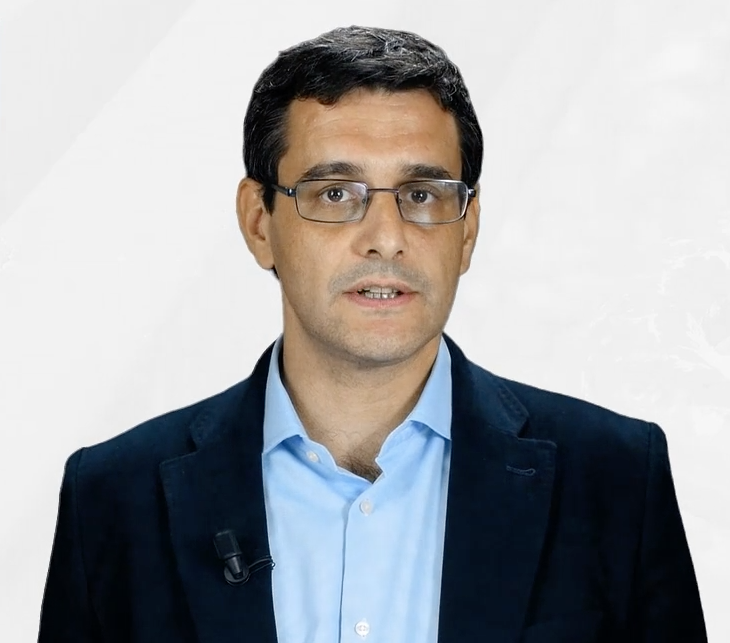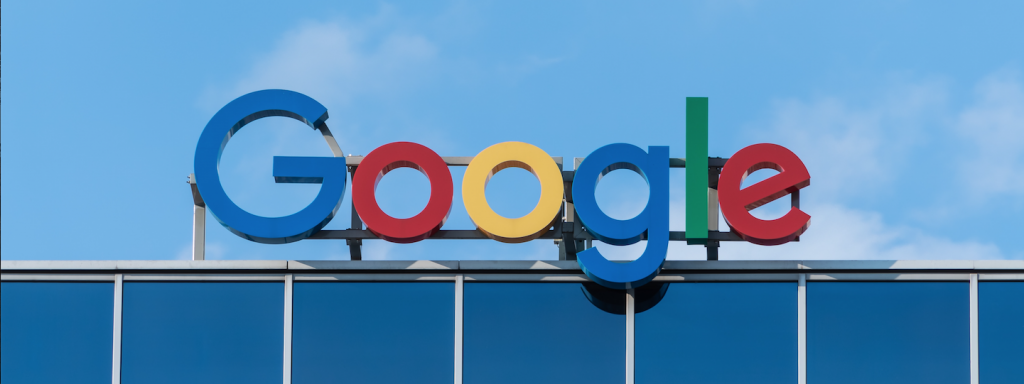Why should energy industries be concerned with the co-evolution of innovative and institutional dynamics in the internet industry?
How should we look at the interaction of public policies and technological trajectories (when the trajectories are not known)?
FSR Topic of the Month – Week 1
by Miguel Vazquez (FSR Energy Innovation) and Vinicius Manhaes (Universidade Federal Fluminense)
Energy industries are considering with increasing interest the idea of digital energy market places. Although definitions are still in a fluid state, it is a reasonable consensus that energy transitions are going to rely considerably on the Internet of Things. So, from energy industries, we are dependent on the technological developments in the internet industry and the needs of adapting energy regulation.
But the telecommunication industries rely also heavily on regulation to produce efficient results. Consequently, regulation of telecommunication industries are going to define the internet of the future, and the internet of the future is going to define the energy systems of the future. To put forward a specific example: net neutrality rules have an influence on the development of the internet, which in turn defines the possible uses in the energy sector. But the contrary is also true: the definition of uses in the energy sector may define the needs of the future internet, and hence condition the implementation of net neutrality rules.
Net neutrality emerged in the 2000s decade as an important information policy issue, drawing the attention of the Internet Service Providers, Content Providers, the academic community, policy makers, and more recently also the civil society. The net neutrality debate arose in response to fears that Internet Service Providers could use their monopolistic standing to try to extract more consumer surplus by restricting and/or tiering the access to the Internet; therefore, creating market failures and inefficiencies. This situation was also perceived as a threat both to the free and open Internet and to equal access to information. Most of these fears were the fruit of multiple lawsuits between ISPs and CPs in the USA throughout the 2000s decade.
On the other hand, over the last decade, the Internet industry was reshaped main by the introduction of hardware innovations such as mobile Internet (3G and 4G technologies), and smartphones; while the horizon is already pointing to the 5G and Internet of Things (IoT) technologies, which are already considered at centre stage in energy transitions.
Most of these hardware innovations are being developed by the same firms (Qualcomm, Samsung, LG, Huawei, etc.). The hardware firms develop and sell hardware such as modems, smartphones (or only the microchip) to ISPs and Internet users. Internet Service Providers need to buy equipment from hardware firms to build, expand or improve their infrastructure so they can sell internet access to Internet users and Content Providers. While the Content Providers develop Internet content to sell it, directly or indirectly (advertising), to the internet users.
In that sense, our concern is understanding how regulatory frameworks should coevolve with industrial dynamics. While net neutrality proved to be an efficient rule in an environment where many small CPs needed to be protected from a natural monopolistic position of the ISP, this situation changed and the relationship between ISPs, CPs and Hardware Firms is becoming ever more intertwined. Nowadays the content provision market is much more of an oligopoly controlled by powerful companies such as Google, Microsoft, Netflix, Facebook, etc. than it was in the past. These CP firms, however, depend on new hardware technologies and stable Internet provision to be able to develop new content and services. On the other hand, hardware firms such as Qualcomm, Samsung, Apple, Huawei, LG, show clear incentives to continue developing new technologies to sell either to the ISPs and Internet users[1].
It is possible to perceive a trend followed by the hardware companies to introduce new devices with access to the Internet, as soon as the current dominant device market matures. The laptop boom can be credited to the introduction of the home wireless Internet, while the smartphones would probably not have succeeded if there was no 3G or 4G Internet available. The 5G push is being directly connected with the Internet of Things (IoT) advances too. Even though it is not possible to predict how the 5G will impact the industry at the moment, it is pretty clear to perceive the intention of these hardware firms to offer an entire new portfolio of products either for the ISPs (5G routers and modems) and for end-users alike (smartphones, laptops, and other electronics with access to 5G). Note that among the main users of these products will be probably energy systems.
Consequently, this is important to be understood because it can affect the ISP strategies. If the hardware firms develop and advertise new technologies at a very fast pace, the ISP may be pressured to make new investments either in expanding the infrastructure to accommodate higher demand or in adopting new technologies (such as the 5G). This can lead to increased costs if the rate of investment is faster than the time needed to amortize it and can also lead to congestion problems. On the other hand, the introduction of new devices with Internet access may present new possibilities of price discrimination, which can lead to increasing prices for the Internet user. Moreover, it is not clear how much monopoly power the ISP may wield in this situation since Internet users are becoming ever more dependent of the ISPs, but the ISPs are also becoming more dependent of the CPs and Hardware Firms.
Given this scenario, we point out that this new industrial dynamics requires a new regulatory framework, therefore the analyses should be broader than a search for the short-term efficiency effects of net neutrality. It should analyze the new problems posed by these new technologies and search for design mechanisms that would help solving them. And this includes looking simultaneously at the energy and telecommunication industries (another sector coupling).
From the energy industries’ viewpoint, rules in principle not very related to them (such as net neutrality) have a relevant impact on the development of hardware innovations that are required for energy transitions using the Internet of Things. Understanding internet technological trajectories is an important piece of the analysis of energy transitions, and those trajectories are not independent of the rules governing telecommunication markets.
As pointed out by Elinor Ostrom, an institutional analyst should evaluate the outcomes that are being achieved as well as the likely set of outcomes that could be achieved under alternative institutional arrangements.
[1] The 5G which is being developed currently is a good example. Firms such as Huawei and Qualcomm are already developing and advertising products aimed either at Internet users (modems for smartphones SoC with 5G capabilities) and at ISPs (infrastructure hardware).






